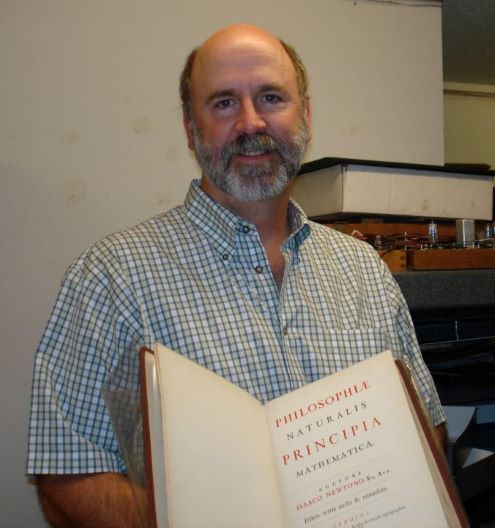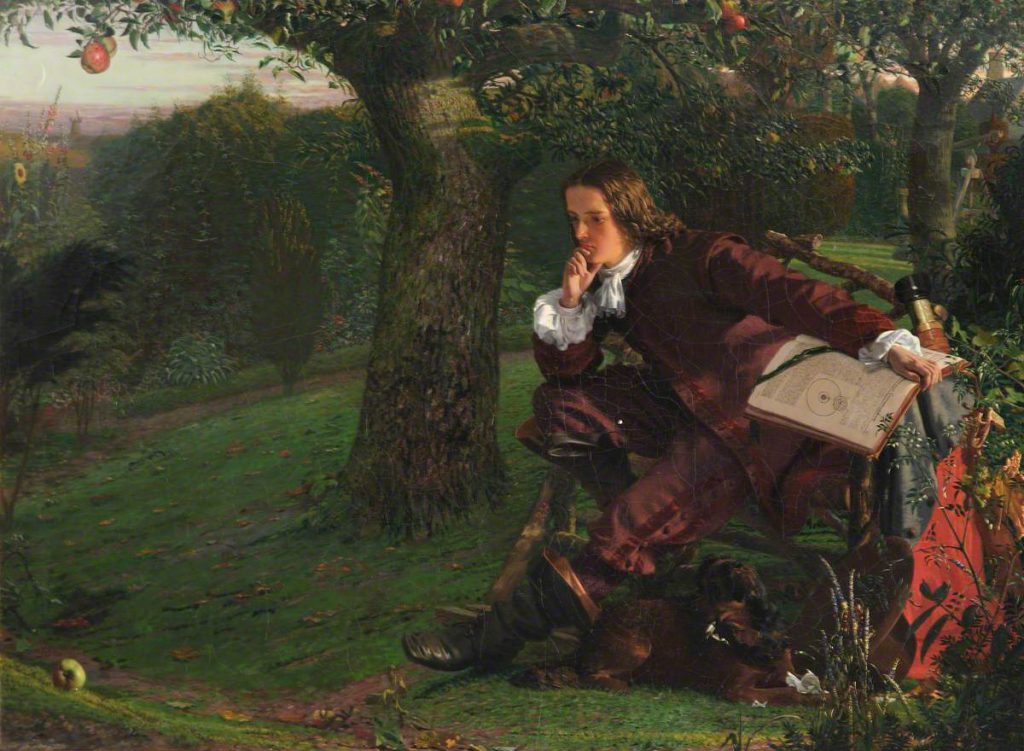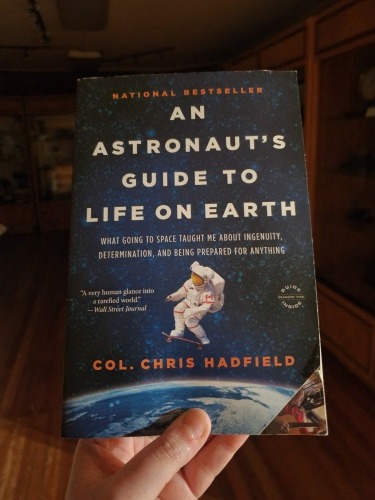“There goes the man who writt a book neither he nor anybody else understands.” – Cambridge University student,1688
So goes the joke that made the rounds in England’s academic circles regarding the reclusive Professor Isaac Newton (1642-1726), and his recently published book, Mathematical Principles of Natural Philosophy’ (1687), often referred to as the Principia.

The Principia is widely considered the most important book in the history of science; a culmination and application of mathematical knowledge so accurate, so useful and far-reaching that it is used today to calculate everything from a curve ball to a rocket ship, allowing us to successfully navigate our celestial canopy, and ultimately, land a man on the moon.
It’s not quite fair to say that ‘nobody’ understood Newton’s book, but it definitely wasn’t accessible to the casual reader. It would be like trying to read the sheet music to a Stravinsky’s ballet—it would take some serious training to fully grasp these squiggles and concepts.
Whether or not the general public fully understood Newton’s complicated calculations doesn’t change the fact that the Principia forever changed the way we look at our natural world, from the fruit in a tree, to the planets spinning in space. The journey that led to Newton’s towering achievement, and his rise to everlasting fame, began in his garden, and involves an apple that just couldn’t hold on any longer.
In 1665, a 23 year old Isaac Newton had just returned to his childhood home in Woolsthorpe Manor, Lincolnshire. He had spent the last 4 years as a student at Cambridge University, located about 50 miles north of London, where he had been studying math, physics, optics and astronomy. It was an amazing time to be a young scientist. The Age of Enlightenment was just taking hold, with much yet to discover. Newton and his peers still knew nothing about the Periodic table of elements (Mendeleev, 1869), or about light waves and the electromagnetic spectrum (Maxwell, 1865). It was a time when people were seriously questioning the most basic of natural phenomena: the pull of a magnet, the shock from a spark, and looking for testable, agreed upon answers.
“Plato is my friend, Aristotle is my friend, but my greatest friend is truth.” – Isaac Newton
A recent outbreak of the bubonic plague had swept greater London, and put a temporary halt to Newton’s studies. The Black Death, which was killing an average of 1 in every 4 Londoners, had caused the University to temporarily close, and forced him back to his family home, in an effort to avoid this deadly disease.
The story goes Newton noticed an apple as it fell from a nearby tree. A popular, more comical version, further suggests he was sitting under the tree when Mother Nature decided to dramatically drive her point home and unload the projectile directly on young Isaac’s head.
Some might ask “Did the apple actually strike Newton in the noggin?” To which, we say, “Did George Washington literally chop down a cherry tree? Did Benjamin Franklin actually fly a kite in a lightning storm? Did Orson Welles really write Citizen Kane?
Ultimately, it doesn’t matter. What matters is George was honest, Ben wasn’t stupid, Orson made a pretty good movie, and Newton discovered the universal laws of gravity. Direct hit or not, that apple sparked a flash of insight that was to ultimately drop on the heads of the scientific community like a ton of bricks.
“To me there has never been a higher source of earthly honor or distinction than that connected with advancements in science.” – Isaac Newton

Newton realized that there must be some force pulling the apple straight down toward the earth. Could this be the same force holding the moon in a constant free-fall? But how? Could the celestial bodies circling the sun be governed by the same rules that dictate the fall of an apple? Newton knew the answers were somewhere, in the numbers, but there was no established set of mathematics able to calculate and predict these perplexing patterns in nature.
Newton and his calculus would soon change all that.
Newton stayed at Cambridge, where he became a professor, and also pursued his other passions, including optics, alchemy, and the Bible, all with his customary passion and zeal. When asked by astronomer Edmond Halley (1656-1742), and the Royal Society, to produce a mathematical outline on the subject of gravity and celestial motion, Newton complied. His “curious treatise” was well received, and they encouraged Newton to publish a more detailed version as soon as possible.
Newton was fully aware of the task before him, and is said to have focused all of his considerable energy, and creative powers as never before. “Now that I am upon this subject,” he wrote Halley in January 1685, “I would gladly know the bottom of it before I publish my papers.” Newton spent the next 18 months in grueling isolation, neglecting everything else including friends, health, hygiene, and some say, his sanity.
What emerged was The Mathematical Principles of Natural Philosophy, 1687, a title that says it all. Newton calculations became the blueprint and language that unifies the natural world, our world, everywhere, from the apple in Newton’s garden, to the planets spinning through space, and everything in between.
The Principia forms the foundation of classical mechanics. It mathematically sets-forth a working, quantitative, exact calculating system based on experiment and observation. Newton showed us how to understand and predict the movements of our entire solar system. Now no one can claim that sunlight wasn’t made up of colors, or that rainbows were anything but raindrops refracting and reflecting in those same heavenly rays. No one could doubt that mathematics was the language of our natural world.

“If I have seen further than others, it is by standing upon the shoulders of giants.” – Isaac Newton
Newton is part of a continuous chain of shared, accumulated knowledge. It’s a key part of what makes us human. Our creative abilities depend on learning from the work of others—just like Newton did.
Colonel Chris Hadfield is standing on the shoulders of giants, too. Hadfield is one of the world’s most seasoned and accomplished astronauts, logging over 4000 hours in space, and the author of An Astronaut’s Guide to the Universe, the featured selection for the Museum’s upcoming SPARK Book Club meeting (April 20th). Hadfield knows that calculus is rocket science—allowing him to explore and live in outer space.
It’s funny what happens when we take the time to look at the simplest things we might take for granted, like a spark or magnet, and see it with fresh eyes, see if as if for the very first time.
“I do not know what I may appear to the world, but to myself I seem to have been only like a boy playing on the seashore, and diverting myself in now and then finding a smoother pebble or a prettier shell than ordinary, whilst the great ocean of truth lay all undiscovered before me.” – Isaac Newton
